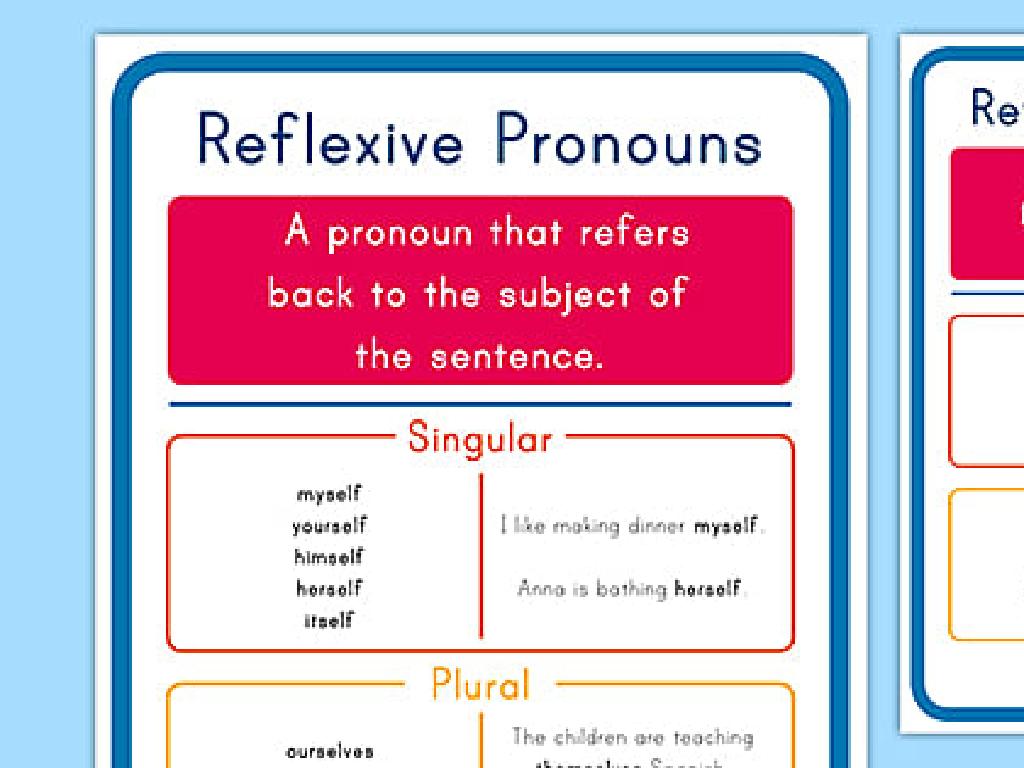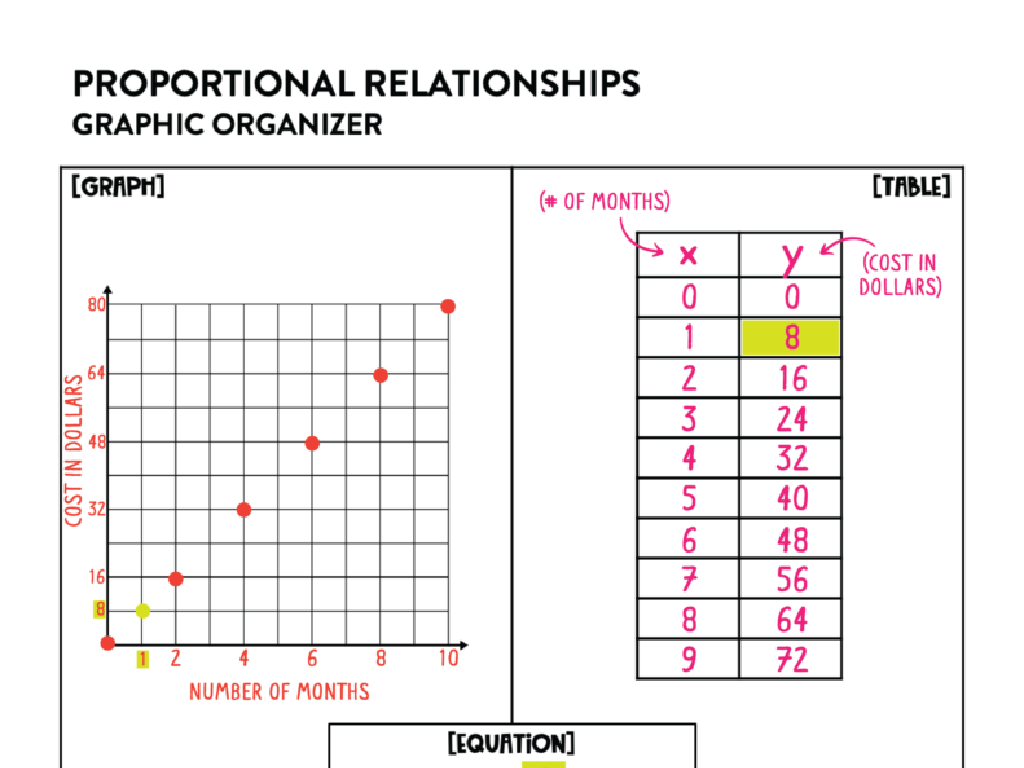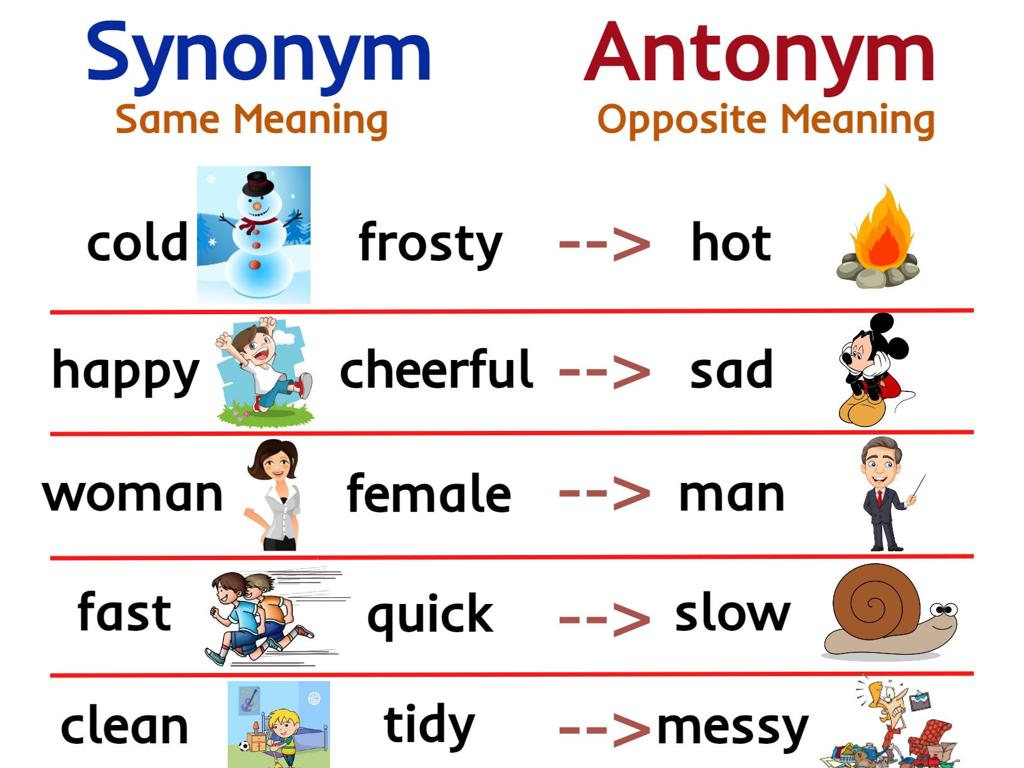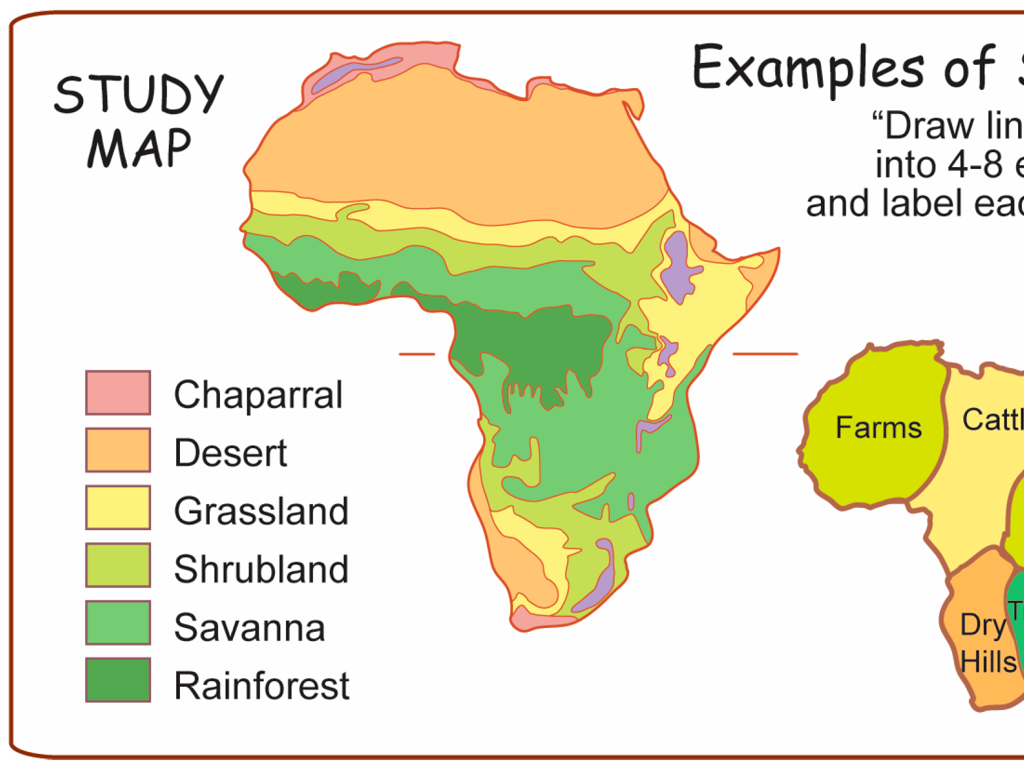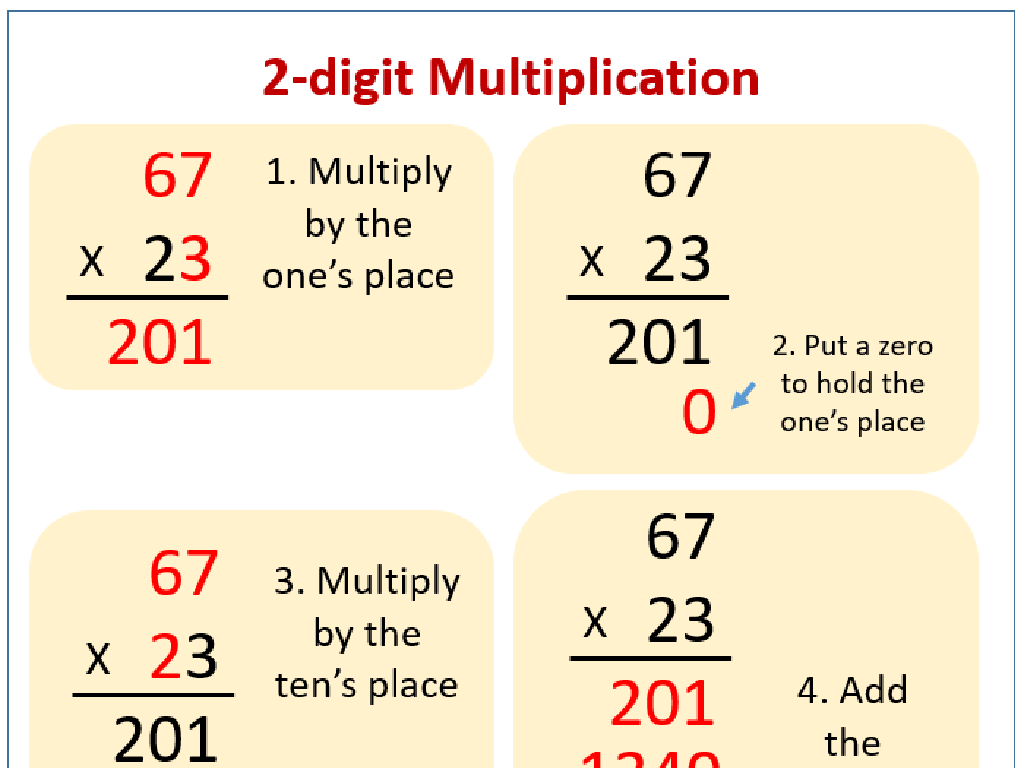Use Thesaurus Entries
Subject: Language arts
Grade: Sixth grade
Topic: Reference Skills
Please LOG IN to download the presentation. Access is available to registered users only.
View More Content
Navigating the Thesaurus: A Key Reference Skill
– Reference tools aid information search
– Thesaurus: A treasury of words
– A book listing synonyms and sometimes antonyms
– Significance of a Thesaurus
– Helps find the perfect word for context
– Enhancing vocabulary with a Thesaurus
– Use it to discover new words and their uses
|
This slide introduces students to the concept of reference skills, focusing on the thesaurus as a critical tool. Reference tools are essential for efficient information retrieval, and a thesaurus is a specialized resource that provides synonyms and antonyms, helping users refine their language and choose words with precision. Emphasize the importance of a thesaurus in improving writing and comprehension skills by offering a broader vocabulary. Encourage students to use a thesaurus when writing to enhance their word choice and to better express their thoughts. Provide examples of how a thesaurus can change a mundane sentence into a more interesting and engaging one by replacing common words with more specific or expressive synonyms.
Exploring the Thesaurus
– Thesaurus: A synonym treasure
– A reference book organizing words by similarity of meaning.
– Enhances writing and speaking
– Use it to find varied words, avoid repetition, and express ideas clearly.
– Available in print and digitally
– Find a thesaurus in libraries or use online tools like Thesaurus.com.
– Usage in writing tasks
– Apply in essays or stories to make your writing more interesting.
|
Introduce the thesaurus as a valuable tool for finding synonyms and related words, which helps in improving vocabulary and making writing more vivid and precise. Explain that a thesaurus can be used not only to find alternatives for overused words but also to better understand the nuances of language. Highlight the availability of thesauri both as physical books and as online resources, making them accessible for all students. Encourage students to use a thesaurus in their writing assignments to diversify their language and to express their thoughts more effectively. Provide examples of how a thesaurus entry might look and demonstrate how to choose the best synonym based on context.
Mastering the Thesaurus: Expanding Vocabulary
– Look up familiar words for synonyms
– Find synonyms to express ideas differently
– Grasp the subtle differences
– Synonyms have slight variations in meaning
– Select the most suitable synonym
– Context determines the best word choice
– Enhance writing with varied vocabulary
|
This slide aims to teach students how to effectively use a thesaurus to improve their writing and expand their vocabulary. Start by explaining that a thesaurus is a reference tool that lists words grouped together according to similarity of meaning (synonyms). Encourage students to look up words they already know to discover new synonyms. Discuss how synonyms can have different connotations and nuances, and it’s important to understand these to choose the best word for a particular context. Provide examples of sentences where different synonyms are used and how they change the sentence’s meaning. This will help students see the importance of selecting the right word to convey their message more precisely. Encourage them to practice by writing sentences using synonyms from a thesaurus and to share their sentences with the class.
Mastering Thesaurus Entries
– Components of a thesaurus entry
– Entries include word, part of speech, synonyms, antonyms
– ‘Quick’: dissecting an example
– ‘Quick’ as an adjective has synonyms like ‘fast’, ‘swift’, ‘rapid’
– Utilizing entries for richer vocabulary
– Find synonyms to avoid repetition and make writing more interesting
– Antonyms: Expanding word choice
– Opposites like ‘slow’ for ‘quick’ help contrast and clarify meaning
|
This slide introduces students to the structure and use of a thesaurus entry. It’s important to explain that a thesaurus is a valuable tool for finding synonyms and antonyms to make their writing more vivid and precise. Start by breaking down the parts of a thesaurus entry: the word, its part of speech, its synonyms, and antonyms. Use ‘quick’ as a concrete example to show how synonyms can be interchangeable depending on context. Encourage students to use a thesaurus to find alternatives to overused words and to learn antonyms for creating contrast in their writing. Activities can include practicing with different entries and creating sentences using chosen synonyms and antonyms.
Thesaurus Practice: Shades of ‘Happy’
– Find synonyms for ‘happy’
– joyful, elated, content, pleased
– Discuss synonyms’ subtle differences
– ‘Joyful’ implies a deeper emotion than ‘pleased’
– How context influences synonym choice
– ‘Elated’ fits a big success, ‘content’ for a peaceful satisfaction
– Class activity: Thesaurus exploration
|
This slide is aimed at helping students understand the use of a thesaurus and the nuances between similar words. Start by having students look up ‘happy’ in a thesaurus. Then, discuss as a class how each synonym for ‘happy’ might have a slightly different meaning or connotation. Explain that the context in which a word is used can greatly affect which synonym is the most appropriate. For example, ‘elated’ might be used for a significant achievement, while ‘content’ might be better for a quiet, peaceful situation. As a class activity, students can work in groups to find synonyms for other emotions or states and discuss their nuances. This will help them choose words more precisely in their writing. Provide guidance on how to use the thesaurus effectively and encourage students to think critically about word choice.
Choosing the Right Word Using a Thesaurus
– Synonyms aren’t always interchangeable
– Tone and connotation matter
– Words carry feelings and attitudes that set the mood
– ‘Said’ can have many alternatives
– ‘Exclaimed’, ‘whispered’, ‘questioned’ are a few examples
– Practice with sentence rewrites
– Try using ‘murmured’ or ‘announced’ to convey different meanings
|
This slide aims to teach students that while a thesaurus provides synonyms, they must choose words carefully, considering the tone and connotation to fit the context of their writing. Not all synonyms will be suitable in all situations. For example, ‘said’ is neutral, but ‘exclaimed’ might indicate excitement or surprise, and ‘whispered’ suggests a soft or secretive tone. Have students practice by taking a sentence from a book or their writing and replacing ‘said’ with more descriptive synonyms. This exercise will enhance their understanding of subtle language nuances and improve their writing skills.
Thesaurus Treasure Hunt
– Find synonyms using a thesaurus
– Craft sentences with new synonyms
– Use the synonyms to make creative, original sentences.
– Share with the class
– Discuss the synonym choices
– Why did you choose these synonyms? How do they change the sentence?
|
This class activity is designed to familiarize students with using a thesaurus to enhance their vocabulary. Provide students with a list of common words and have them look up synonyms in a thesaurus. Once they’ve found synonyms, they should create their own sentences using these new words, ensuring they fit the context correctly. After crafting their sentences, students will share them with the class. This sharing session will open a discussion on word choice, nuances in meaning, and the importance of selecting the right word for the right context. For the teacher: Prepare a diverse list of words to cater to different reading levels within the class. Consider grouping students to promote teamwork. Have a few examples ready to demonstrate the activity.
Enhancing Vocabulary with a Thesaurus
– Recap: Using a thesaurus
– Review the steps to find synonyms for better expression
– Choose words for clarity
– Select words that make your sentences clear to readers
– Impactful word selection
– Use powerful words to make your writing more engaging
– Homework: Craft a short story
– Use a thesaurus to find more expressive words for your story
|
As we conclude, remember that a thesaurus is a valuable tool for finding synonyms and enhancing your writing. It’s crucial to choose words that not only fit the context but also add clarity and impact to your work. For homework, write a short story and experiment with different word choices using a thesaurus. This will help you understand the nuances of language and how subtle changes can alter the tone and strength of your writing. Encourage students to share their original and revised sentences to see the transformation in their storytelling.

